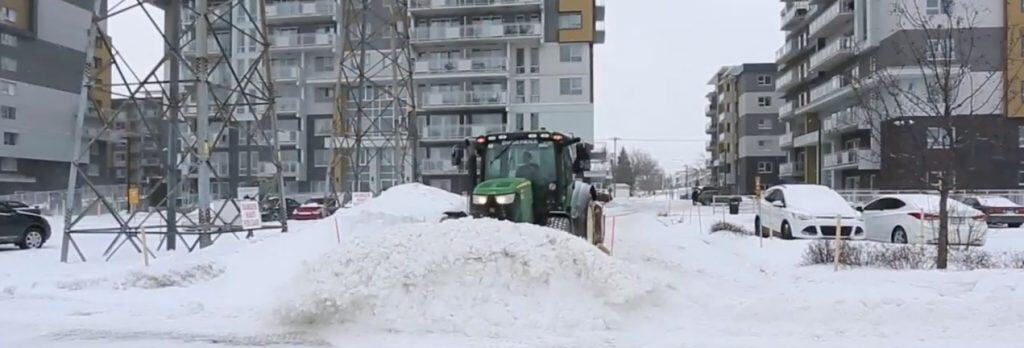KEEP YOUR CAR SAFE IN WINTER
With winter temperatures dropping to -25 degrees, it's a good idea to keep your vehicle safe. Driving a car in the snow, on the ice and in stormy weather is a risky business. So, to avoid any unforeseen events and to manage your car properly during the winter, here are a few tips to bear in mind.

#1 Find out what it takes to drive a car before you get behind the wheel
To help you face the road during the winter period, please consult the road forecast map provided by MétéoMédia. Thanks to this map, you'll know all the current and future weather conditions on all road networks. In particular, it gives you all the information you need on road conditions (closed or clear). In short, it gives you all the information you need for your winter travels.
#2 Equip your car with an emergency kit
People tend to think that insurance companies and brokers are too cautious? On the other hand, if you read the news columns in the newspapers, you have to understand that we're only rationalists. What's more, you should always carry an emergency kit in your car. This will come in handy in the event of an accident or when your car breaks down. It should contain materials to help you get out of the snow, such as a shovel, snow broom, scraper, anti-skid plates and winter windshield washer fluid.
#3 Always have good reflexes
When faced with a skidding car, what reflexes should a driver have? Skidding occurs mainly when you take a bend a little too quickly. To stop the skid, start by taking your foot off the gas pedal or brake, and turn the wheels in the direction of the curve. However, these actions must be carried out gently. But if your vehicle skids from the rear, steer the front wheels in the same direction as the rear wheels. In the event of repeated skidding, this technique must be repeated. All these maneuvers must be carried out delicately and quickly, and you must always keep an eye on the road and the cars you're joining.
#4 Identify all the winter traps on your route
When you're driving your car in winter, you need to be aware of all the pitfalls you may encounter. Among the pitfalls you have to deal with on the road in winter is black ice. Black ice gives you the impression of dry pavement. Black ice is invisible to the naked eye. This is most likely to occur when the temperature is around 0°C. Then there are the "mobile igloos". In winter, it's not enough just to clear the snow from your vehicle; you must also clear the snow from your car's roof, windows and license plate, as this can endanger your life and that of other drivers.
#5 Always maintain the right distance between your car and the one in front
When you're behind the wheel, you should always allow up to 6 seconds between your vehicle and the one in front. This gives you plenty of separation in case you need to brake.
#6 Areas most often affected by winter car accidents
The front and rear bumpers are among the areas most affected by car accidents, especially in winter. Moreover, winter makes bumpers more fragile, as the cold causes plastic to lose its flexibility. As a result, bumpers can easily break. Bodybuilders replace a lot of bumpers at this time of year. According to these bodybuilders, the average bumper is worth between 600 $ and 900 $, not forgetting installation costs. However, the price varies from brand to brand.
#7 Here are a few tips to help you start your car in winter.
First and foremost, the block heater is your ally in starting your vehicle with ease. It quickly warms up engine components, especially the passenger compartment, and helps you save fuel for the first 20 kilometers. It's advisable to install this tool, as the cost varies between 50 $ and 200 $ depending on model of your choice. Secondly, synthetic oil makes starting your vehicle easier, as it has a more fluid composition. Even though it can be rather expensive, it will be very useful. Finally, when you start your car, don't waste time trying to start it by keeping the gas pedal inside pressed for more than 10 seconds. If it doesn't work on the first try, wait 30 seconds before trying again. This is a very useful technique, as it allows the air and fuel to come together easily, without the risk of "flooding" the engine.
After reading these tips, you can now drive in the middle of winter and face the Quebec winter. If you've found these indispensable tips, don't hesitate to share them on social networks. You can also ask questions or share tips with us on our blog.




